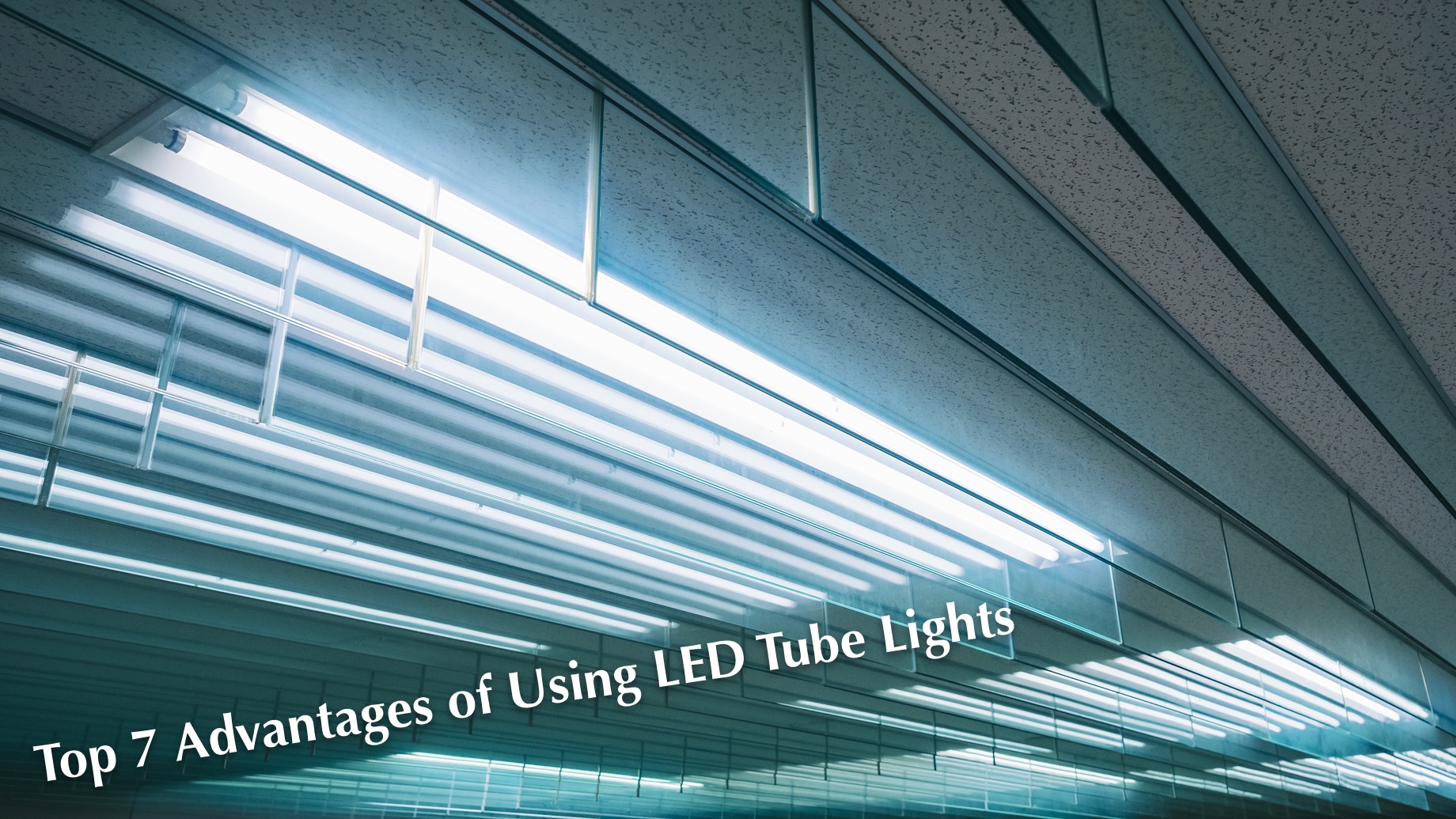
LEDs are the latest and most exciting technological development in the lighting manufacturing. LEDs are small bulbs that are strong, powerful, energy efficient, and long-lasting. LEDs work differently than traditional incandescent bulbs. This makes LEDs much more durable than traditional incandescent bulbs. LED technology also offers many additional advantages over incandescent, fluorescent and compact lamps and lighting fixtures. This includes an exceptionally longer service life (60,000 hours), significantly lower power consumption (90% more efficient), lower maintenance costs, and increased safety.
You certainly hear and read a lot about the energy efficiency benefits related with LED over traditional lighting. When you compare them to other energy saving lighting methods available today, you will find that LED lights are definitely the smartest and most energy efficient lighting solution. The top 8 advantages of using LED lights over its less efficient alternatives can be read below.
1. Efficiency
LEDs are powerfully endowed with enough energy and consume up to 90% less energy than incandescent bulbs. Since LEDs use less expensive energy than an incandescent light bulb, there is a dramatic decrease in electricity costs and, as a result, the money you spend on your utility bills each month. Money and energy are saved in maintenance and replacement costs thanks to the long life of the LEDs.
2. Longevity
LEDs have a lifespan of up to 60,000 hours, compared to a typical 1,500 hours for incandescent bulbs. A good LED light can last for more than 7 years of constant use before needing to be replaced. Normally, LED Tube light Bulbs last ten times longer than small fluorescent bulbs and 133 times longer than usual incandescent bulbs. The long lifespan of LEDs will greatly reduce maintenance costs and long-term operating costs compared to traditional bulbs and fluorescent lamps.
3. Solidity
LEDs are express solid lighting fixtures that use a semiconductor material instead of a neon or gas filament. An LED light is a small chip displayed in an epoxy housing, which makes LEDs much stronger than traditional incandescent bulbs or neon tubes.
4. Security
Superior safety may be the most important benefit of LEDs. LED lights generate almost no heat, so they are cool to the touch and can stay on for hours without incident or consequence if touched. LEDs produce 3.4 btu’s / hour compared to 85 for incandescent bulbs. In contrast, love lighting expels 90% of the energy it uses through heat, making the bulbs hot to the touch. LEDs decrease the potential for safety risks such as burns and fires.
5. Environment
LEDs are made of non-toxic materials unlike neon lights that use mercury, which can be dangerous for the environment. The LED is recyclable and is also considered “green” or environmentally friendly.
6. Color
LED lights come in a variety of basic colors, such as red, blue, and amber. Due to the fact that modern glowing bulbs use filters to produce colors, they are extremely bad. LEDs can be mixed to produce a large number of color options.
LEDs are configured to replace traditional incandescent lamps. LEDs are quickly becoming, without a doubt, the preferred lighting solution for homes and offices. LED technology is frequently advancing, manufacturing brighter LED bulbs. The United States hopes to reduce electricity used for lighting by 50% by converting to LED light sources.
7. Used
LEDs are currently used for a wide variety of different applications, such as residential lighting, military, as well as architecture, automotive, broadcasting, electronic instrumentation, entertainment and games, the military, and the traffic and transportation industry. Since LEDs are absorbed lights, they are perfect for doing some specific lighting tasks such as desk lamps, reading lights, night lights, security signs, spotlights, accent lights, and signage lighting.
LED lighting is gaining popularity within the industry, and advocates claim it is a more sustainable source. However, it is said that this cost is recouped over its useful life and that the luminaires have sufficient advantages. Furthermore, according to an expert from Lepro, other advantages of LED light include the fact that:
- LED products do not contain lead and mercury, which leads to environmental sustainability.
- Due to their long service life, maintenance and associated costs are saved because the lights do not have to be changed as often.
- LED lights using their performance are better than traditional low-temperature alternatives, allowing for a wider range of consumption.
- These lights provide extremely low infrared and ultraviolet radiation, which helps the environment.
- One of the main advantages is energy conservation. These lights consume less electricity than traditional types of lighting.